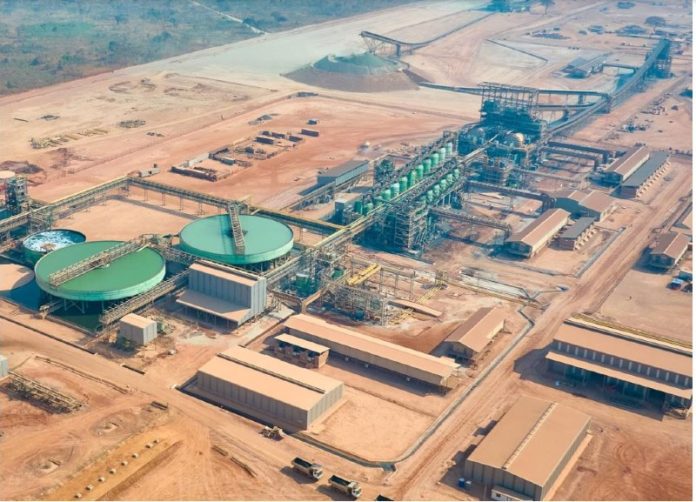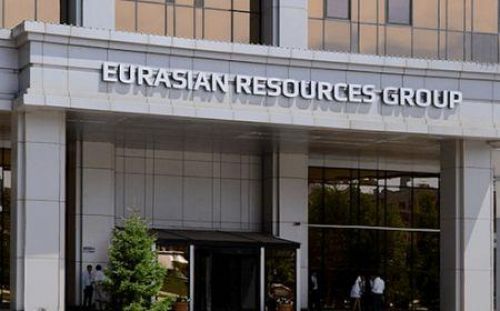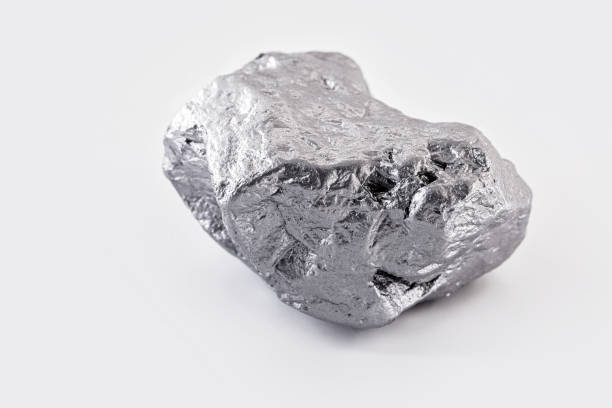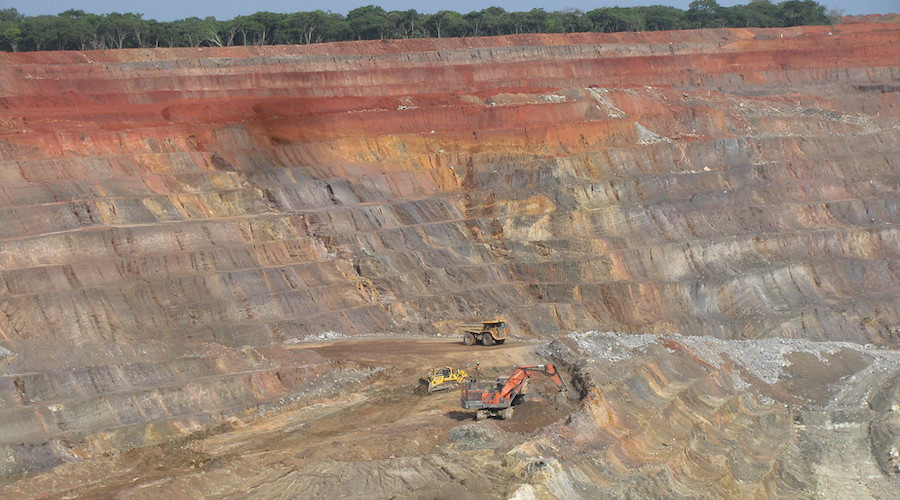Base Metals

Ivanhoe cuts 2025 guidance, withdraws 2026 forecast as DRC copper mine restarts

Severe flooding from seismic activity forced the Kakula underground mine to shut down on May 18, prompting a comprehensive geotechnical review and now an updated short-term mine plan.
Ivanhoe reported on Wednesday that underground mining had resumed on the western portion of Kakula at the weekend and that activities in the eastern side would start imminently. Work on the eastern side will focus on developing access to a new mining area that will be isolated from the dewatering activities on the same side of the mine. Dewatering is set to start in August.
The updated guidance forecasts copper production of between 370 000 t and 420 000 t of copper in concentrate – the midpoint of which is a 28% decrease from its previous guidance.
The change not only reflects the impact of the May 18 incident but also highlights risk factors that were taken into consideration, such as further seismic activity and infrastructure breakdown
Ivanhoe also withdrew the 2026 target of about 600 000 t of copper production pending further review.
The Phase 1 and 2 concentrators have been operating at about 50% of nameplate capacity, relying on surface stockpiles and material from the Kamoa 1 and Kansoko decline areas.
The company expects the Phase 1 and 2 concentrators to return to full capacity during the second half of the year, while the Phase 3 concentrator, located adjacent to the Kamoa mines, has continued to outperform operationally since the start of the year.
The Kamoa-Kakula smelter, designed to be Africa’s largest single-line blister-copper facility, remains on track for completion. Ivanhoe stated that cold commissioning is set to begin in September, with first anode copper production expected in October.
"We are thankful and deeply appreciate our team’s swift response to stabilise underground water levels in the Kakula Mine and resume mining on the western side," said executive cochairperson Robert Friedland in a statement.
"The team has quickly secured the critical equipment needed to safely dewater the entirety of the mine, while preparing to access a new high-grade mining area in the east."
While too early to outline detailed plans for 2026 and 2027, Friedland stressed that the "future remains bright" across the Kamoa-Kakula complex and the adjacent Western Forelands exploration project.
"Kamoa-Kakula is, and will continue to be, a world-class Tier 1 operation, with decades ahead of us as one of the world’s leading copper producers," he said.
CEO Marna Cloete added that safety remained Ivanhoe's highest priority.
"We want to extend our sincere thanks to the mining crews, the engineering teams and our long-term contractors for their extraordinary efforts in restoring pumping capacity and restarting operations, all without any lost-time injuries.
PRELIMINARY FINDINGS INTO SEISMIC ACTIVITY
Ivanhoe said preliminary geotechnical investigations into the seismic activity point to cascading ore yielding and stress redistribution onto regional pillars as the likely cause.
Two independent geotechnical engineering firms – Beck Engineering of Australia and Open House Management Solutions of South Africa – were mobilised shortly after the incident and have been working with Kamoa-Kakula’s engineering team to assess the event. Their preliminary findings indicate that the seismic activity originated in the eastern side of the Kakula mine, where a high proportion of the orebody has already been extracted.
According to the consultants, blocks of ore earmarked for secondary extraction began yielding in a cascading manner, which redistributed stress onto regional pillars. This caused the pillars to become over-stressed and to start to yield. While mined-out stopes had been backfilled with a mixture of concentrator tailings and cement, the backfill did not prevent the redistribution of stress, although it may have offered some mitigation.
The firms also noted that adverse geological features in the region may have further exacerbated the situation.
As a result, the mine's short-term plans will be adjusted to increase pillar widths and revise the mining sequence to better manage stress distribution. Enhanced geotechnical monitoring systems will also be installed throughout the mine.
Access to the eastern section of the Kakula mine remains restructured owing to flooding, and a full assessment will only be possible once dewatering is complete.
Ivanhoe said it has paused work on an updated integrated development plan (IDP) for the operation until a full review of the revised geotechnical assumptions is complete.
Ivanhoe will provide a timing update on the IDP once technical teams finalise their analysis and resume planning activities.












